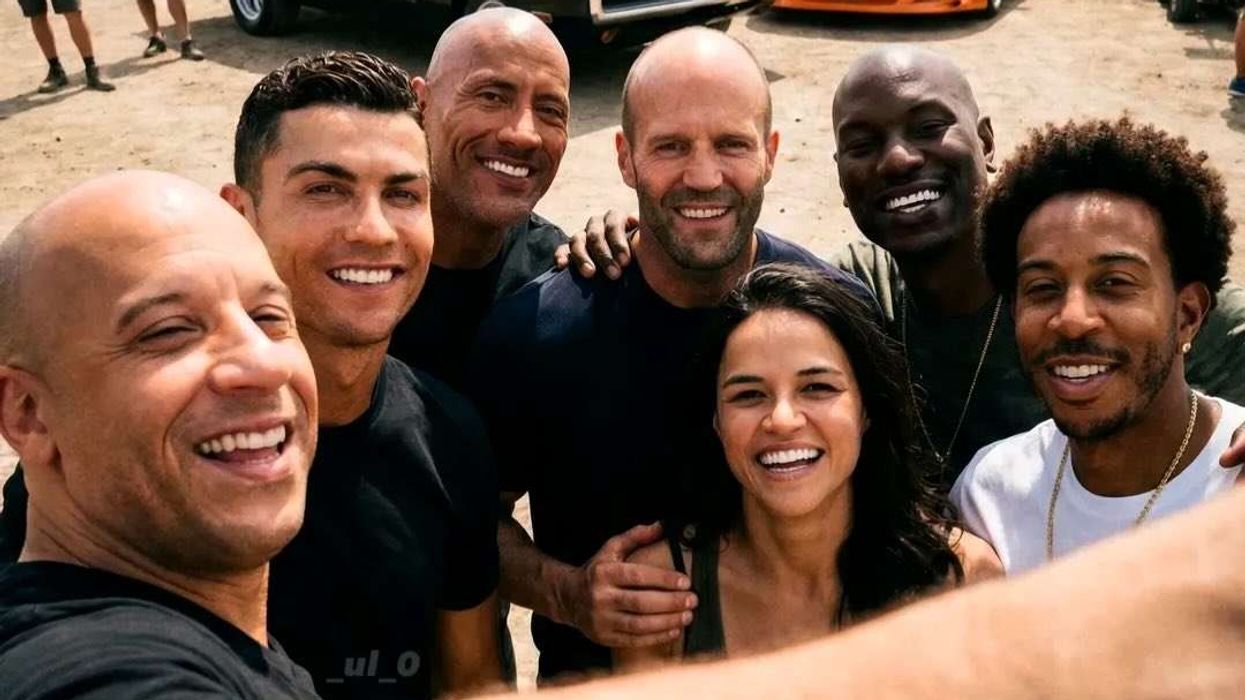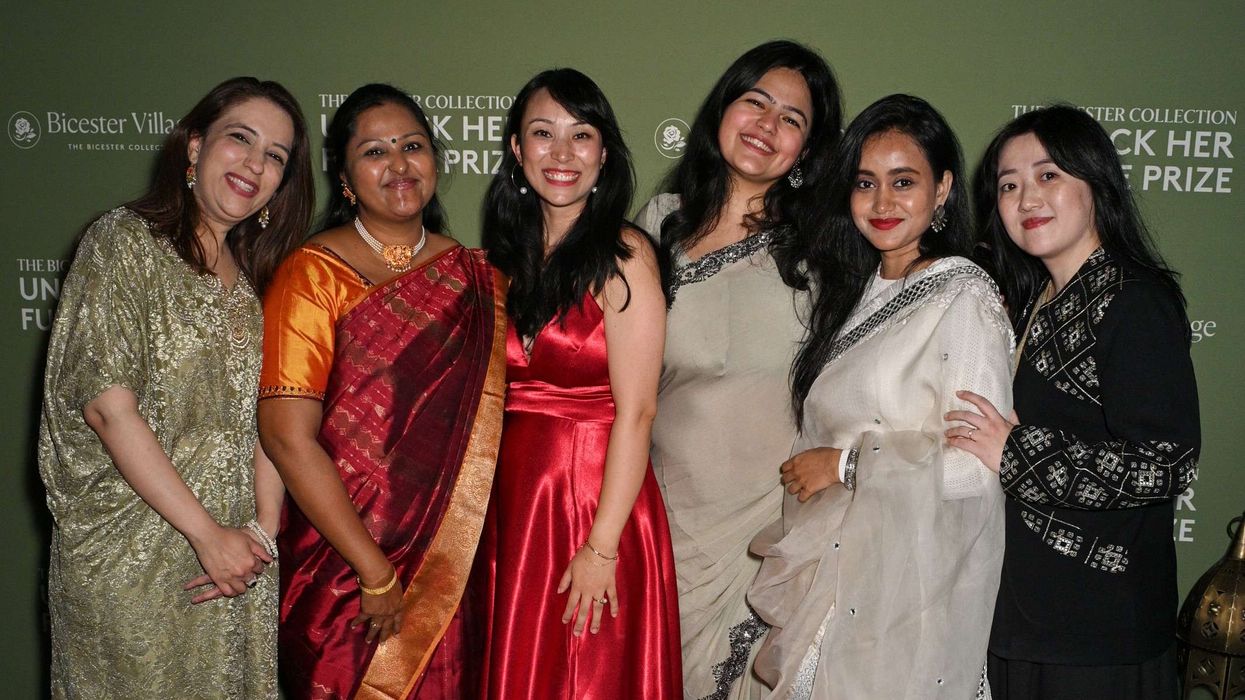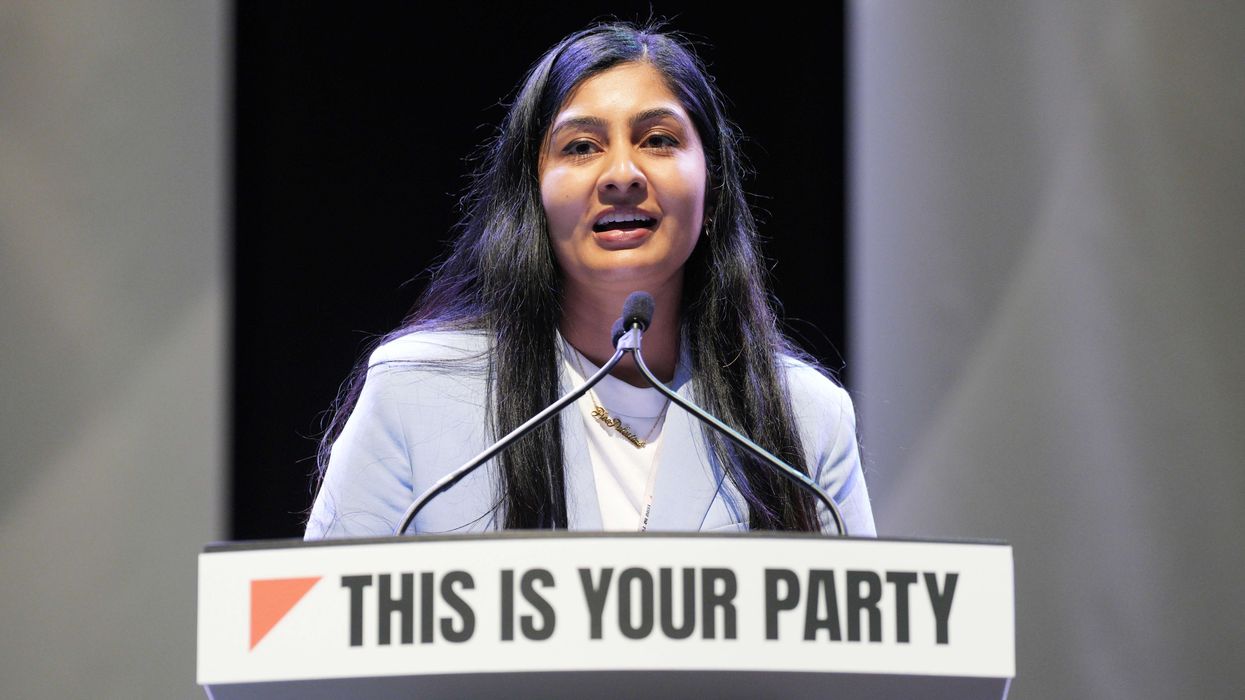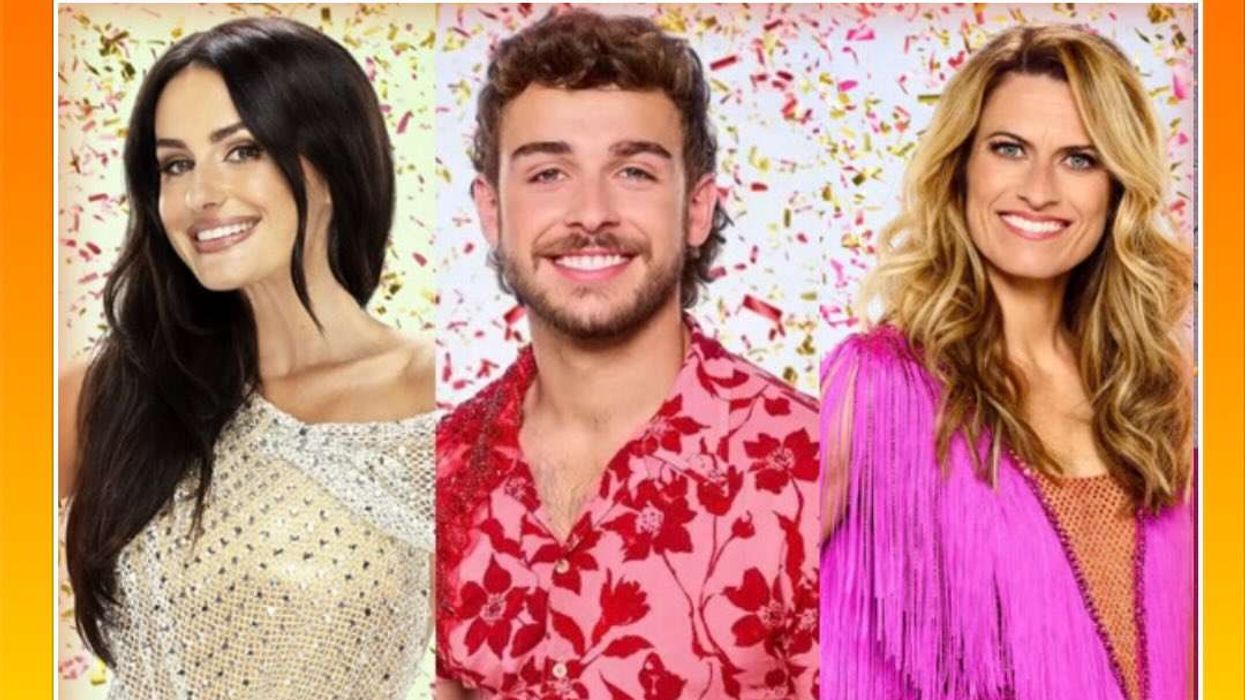PRODUCER DAWINDER BANSAL REVISITS AN IMPORTANT DECADE FOR BRITISH ASIANS WITH HER BRAND NEW ART INSTALLATION
A MAJORITY of second generation British Asians grew up in the 1980s with most laying the foundation for the multi-cultural melting pot we live in today. Art installation Jambo Cinema heads back to a definitive decade by allowing guests to experience a 1980s era living room.
Award-winning British theatre producer and artist Dawinder Bansal has recreated an authentic living room with original memorabilia, photographs and items including Bollywood VHS films to reflect south Asian families of that time.
Project curator Dawinder grew up in her parents’ corner shop, which sold electrical supplies and rented VHS video films to newly arrived Indian and Pakistani migrant communities in Wolverhampton. To coincide with the acclaimed installation at Wolverhampton Art Gallery from October 26 to November 26, Dawinder got some high profile ladies to share some of their 1980s memories.
Preet Kaur Gill (MP): Growing up in the 80s was a magical time when I reflect. My family owned a VHS player and when my father was on night shifts on a Friday or Saturday night our neighbours and family friends with their children would get together in our living room to watch Indian films. Our childhood lived through Indian cinema. In contrast when my father was home education was integral to him and he would have us studying. He taught my siblings and I the Sikh evening prayers by getting each one of us to take turns to read from the English gutka while everyone listened. My father would correct our pronunciation and value this time together.
Shobu Kapoor (Writer and actor): The 1980s was a momentous decade. I finished studying, my mother died and I moved from central to suburban Bombay. I then met and married an Englishman and moved from suburban Bombay to London. In between all of this there were the movies. I lived in the home of Bollywood. My cousin was an actor and I remember going to see the filming of Jaane Bhi Do Yaaro in a cinema that was a location in the film. We didn’t have a VHS machine, but a bunch of us would go to our rich neighbour’s house to watch films. They had all the equipment needed to keep a bunch of young folks entertained. Of course, my ambition was to be in the movies, not just to watch them and I finally realised this ambition when I moved to London, went to acting school and became a professional actor. All in the 1980s.
Shobna Gulati (Writer and actor): The 1980s, well that was kind of the beginning of my teens. I was grumpy, slightly Gothy and gobby. Everything my parents said I took issue with, even if it was the most sensible suggestion in the world, except for going to the cinema to watch Bollywood films (wearing black clothes of course), followed by chunna batura on Wilmslow road. I would love this Sunday outing, but pretend that I didn’t.
I wasn’t completely nihilistic, only marginally. I spent most of my time on the phone giggling or taping the top 40 from the radio if we hadn’t gone out. Aaah, the 1980s the beginning of the journey to becoming a woman.
Shyama Perera (Writer and broadcaster): For me, the 1980s were all about career. I got my first big job at the Guardian as a home news reporter. I wasn’t quite their usual type: a mouthy young Asian woman with pink hair and a red Ford Escort Mk II with a black Starsky and Hutch stripe. Despite having left school at 16, I was articulate, confident and got the job done. This opened doors, but I suspect against the natural instincts of those standing behind them.
It was at the Guardian that I struck up a friendship with a rather posh blonde who invited me to dinner one night. Her guests were so dull and I told jokes across the night. Six months later I got a call asking me to screen test at LWT for what would become the TV show Eastern Eye. One of the guests that night, unknown to me, was head of features at LWT and had made a note of my name. So, it all happened for me then; the happiest, dizziest, most energising years of my working life. Later plans were railroaded by marriage, children, divorce and all of the complex grown-up stuff, but I remember the 80s as the best of times.
Sajeela Kershi (Comedian and writer): The 80s is my happy place. I loved the music, big hair and bling. It was my coming of age decade. After dabbling with being a punk, (Asian hair is not a friend to the Mohican) and mod I finally found my tribe with the new romantics. My friends and I posed and pouted our way through the 1980s like we were in an episode of Miami Vice, with frilly shirts, hair back combed and lips drenched in pink sizzle lipstick, which looked amazing on my beautiful white friends but horrendous with my Asian colouring.
Difficult times makeup-wise for us brown people as they hadn’t made makeup for Asian skin yet! The age of VHS films meant we as a family stopped our monthly trips to Southall to watch Bollywood films at home. It was also the first time in my life I saw a porn film at a friend’s house as some boy had got hold of one. As young innocents we made gasps of horror and collectively vowed to never ever have sex.
I was also a young socialist in the 1980s, believing with all my heart that we the youth could make a difference and fix the world. The big hair and frilly shirts may have gone, but I’m still fighting for a better world, which it turns out it was back in the 80s.
Satnam Rana (BBC Arts and culture reporter): My earliest memories of the VHS and films is from a time when we almost stopped to pray as the prelude to a film rolled through our clunky machine in the corner of the living room. At the start of any Bollywood film there’s usually a nod to religion, spirituality and God. It is odd that I remember these moments the most. In many ways they have shaped my spirituality as an adult.
I cannot forget the video shop I used to march my mum down to as I tried to keep up with the latest Govinda releases. I was obsessed by the Bollywood star and remember dreaming up dance sequences with him. The video shop off Dudley Road in Wolverhampton was lined with tapes crammed onto shelves with a sticker system denoting new releases, older films and ancient ones. I have no idea who the lady who served us was, but we called her auntie ji and she always had a smile and recommendation for us.
And so a childhood turned into teenage years and then adulthood. From Sholay to Naseeb and Satte Pe Satta, that Bollywood shop and sturdy VHS gave me an escape and a connection to my Indian heritage.
Shazia Mirza (Comedian): I was at school in the 80s, and my life was Madonna. We all had hairy armpits, as our mums said we were too young to start shaving at 14, so we walked round like gorillas instead. I had big hair and we listened to Kylie, Jason, Tiffany and Culture Club. I watched Hart To Hart, Dallas and Dynasty all the time, and dreamed that my life would be like that one day.
My mum was obsessed with Princess Diana, and we had royal wedding plates and mugs, which my mum saved for “best” for when guests came round. My mum went to the hairdressers for a haircut and asked for a Lady Diana style. Nothing in our house matched; we had brown curtains and green carpets and a maroon coloued Austin Metro.
Thatcher was in power and everyone was poor. Everything was shutting down and everyone was on strike, so it was grim. But it was a unique and individual time with strong voices around the world and in music, including the iconic Band Aid. Everything looks and sounds the same now.
Ayesha Hazarika (Political commentator): My memories are hazy as I’m so old, but I remember the 80s being quite an odd time and found it quite difficult. I felt very conscious of looking and being different, and felt like our family didn’t fit into British culture. I felt embarrassed the whole time. And I hated my parents for not allowing me to have the spiral perm that I so desired. But there were things that I loved like Five Star, a band basically trying to copy the Jackson Five and my first proper crush, Rick Astley. But on the whole, for me the 80s is a bit like that perm, best forgotten.
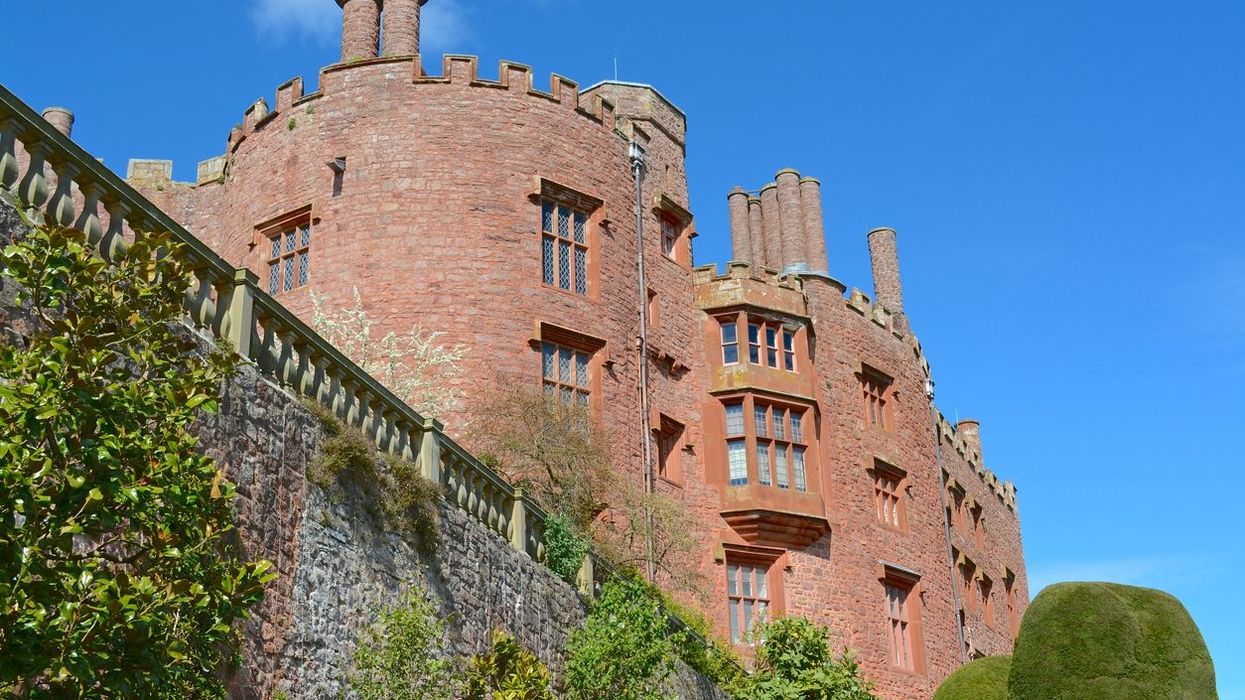
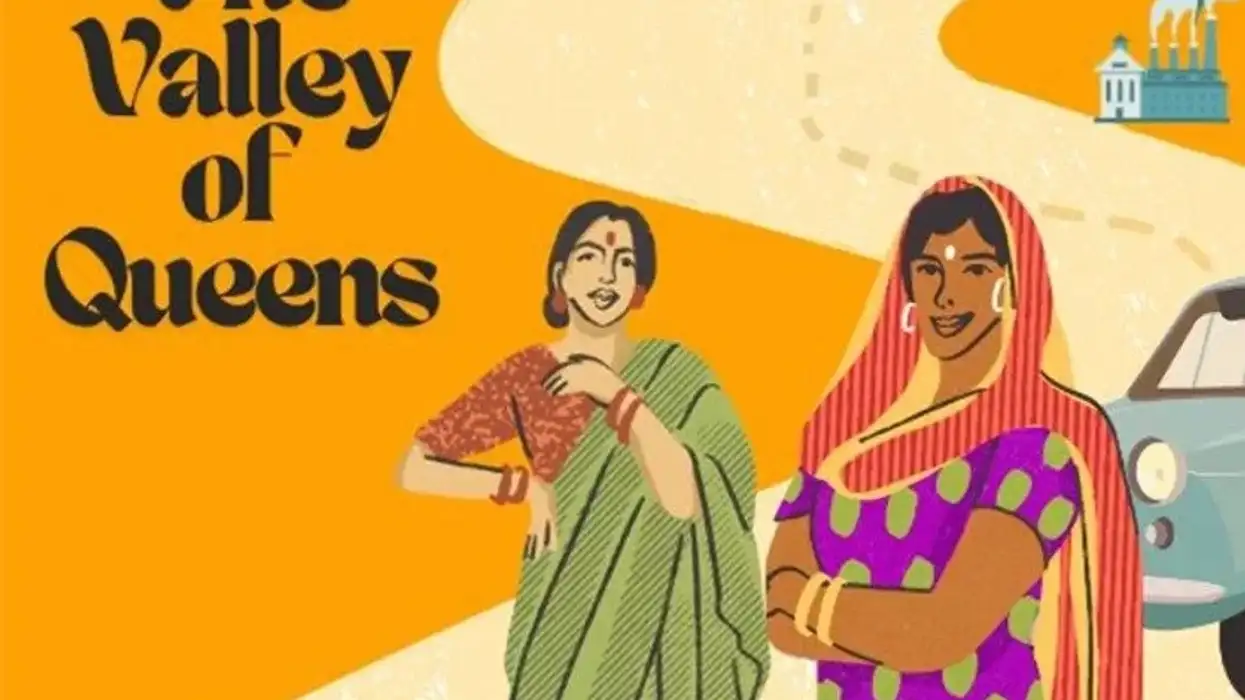
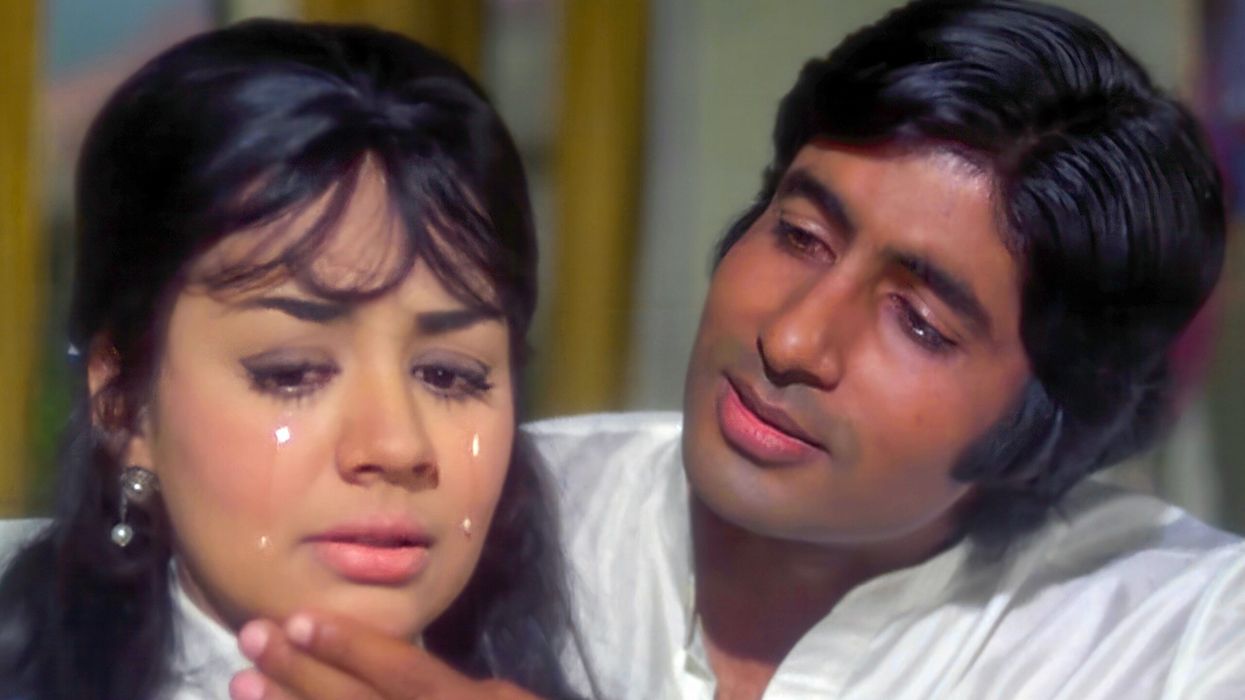
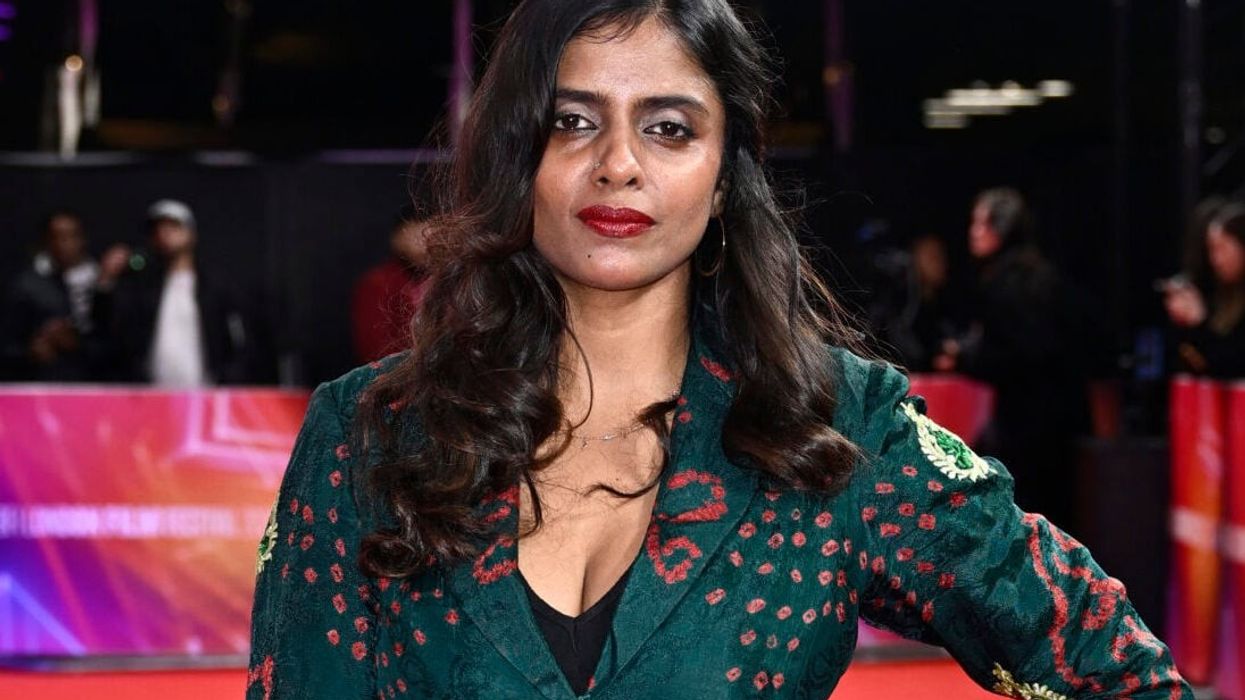
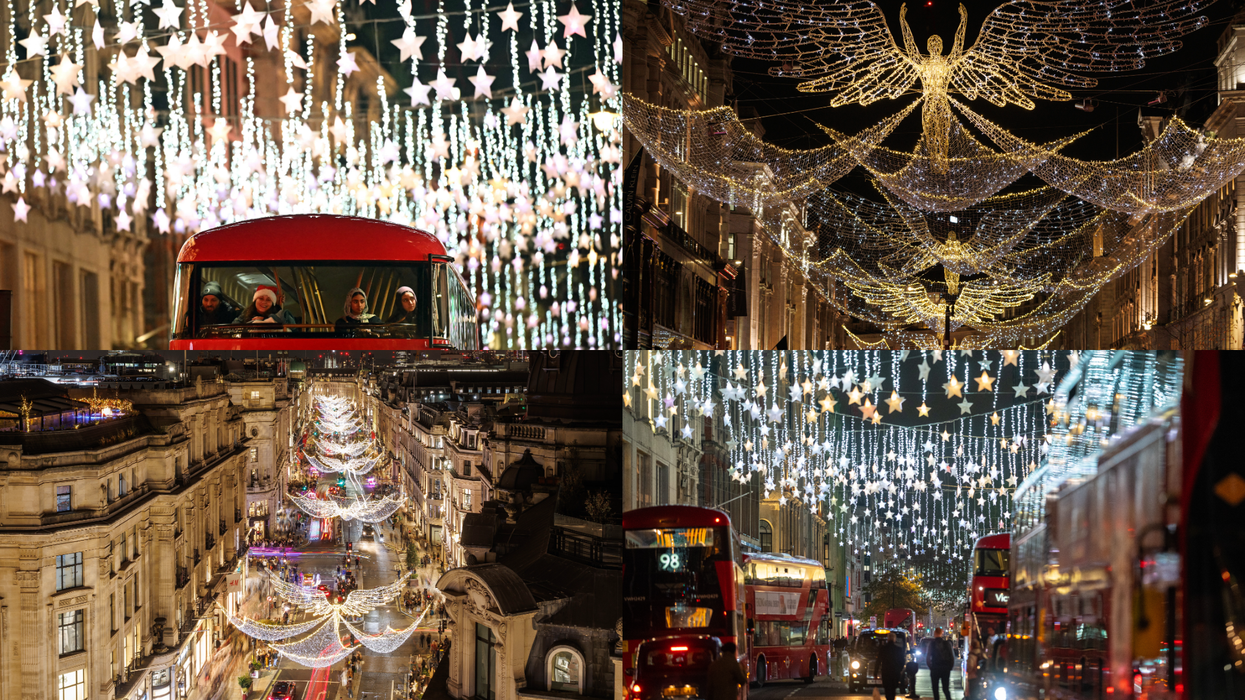
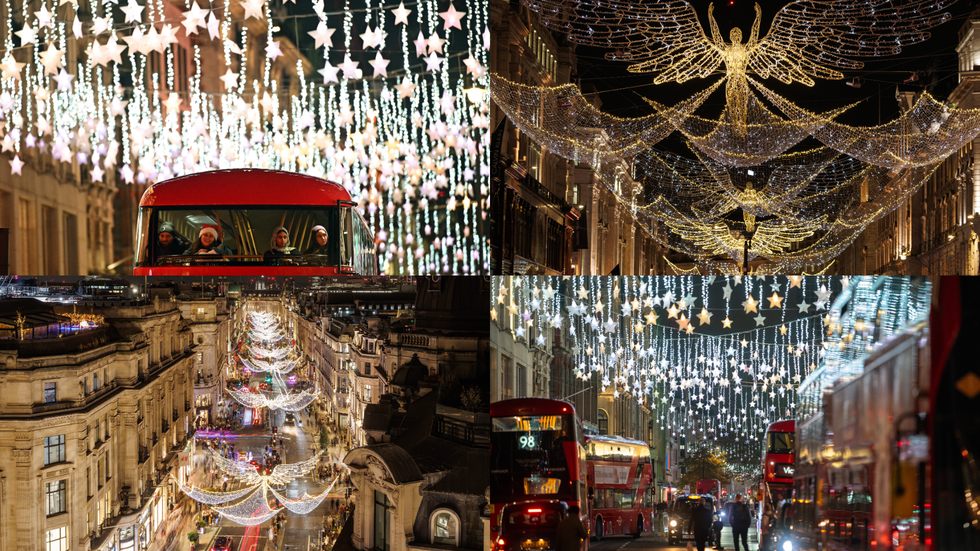 The Christmas light walks in central London that still feel festive Getty Images
The Christmas light walks in central London that still feel festive Getty Images 